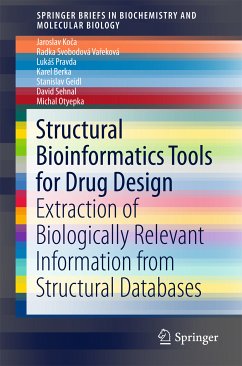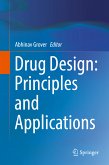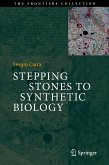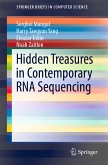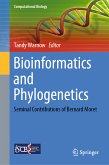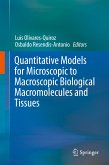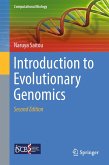However, such analyses are very challenging due to their complexity and, consequently, also because they require application of a combination of different software tools. In this book, we describe individual steps necessary for analysis of biomacromolecular fragments and provide a lsit of software tools required to perform such steps. For each step, we also show corresponding web-based tools in detail and provide a few practical examples oftheir usage.
Dieser Download kann aus rechtlichen Gründen nur mit Rechnungsadresse in A, B, BG, CY, CZ, D, DK, EW, E, FIN, F, GR, HR, H, IRL, I, LT, L, LR, M, NL, PL, P, R, S, SLO, SK ausgeliefert werden.

